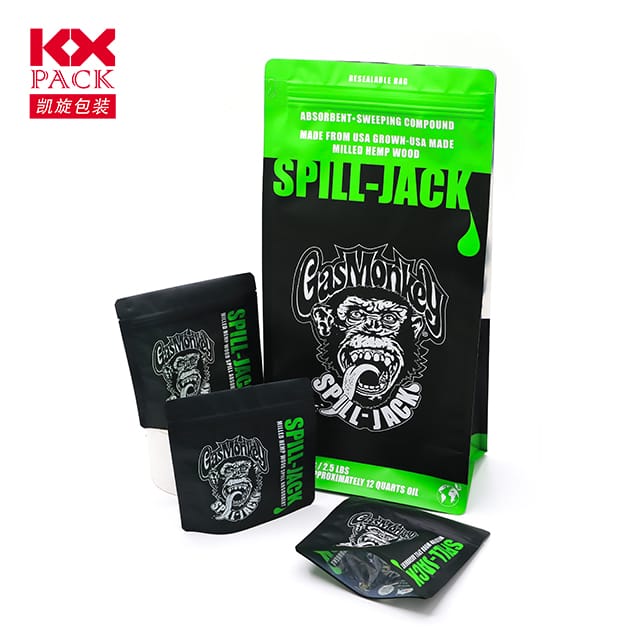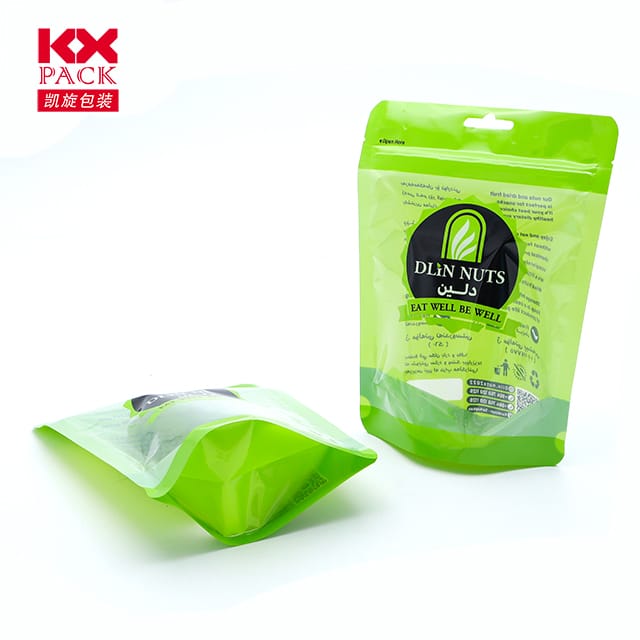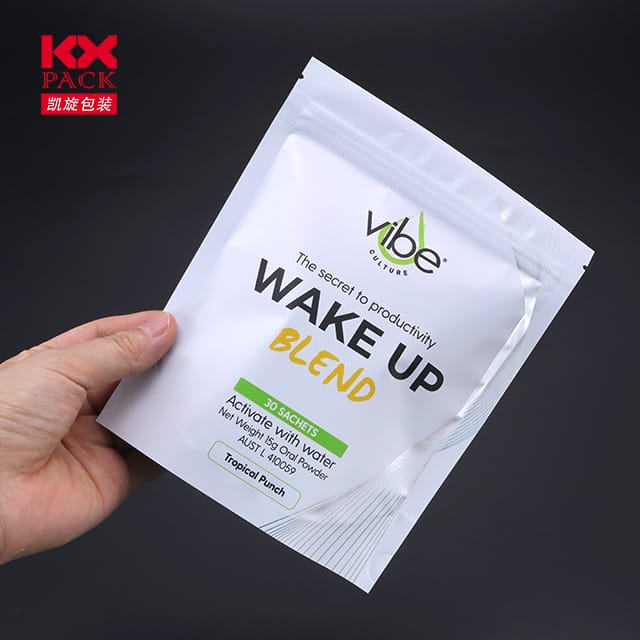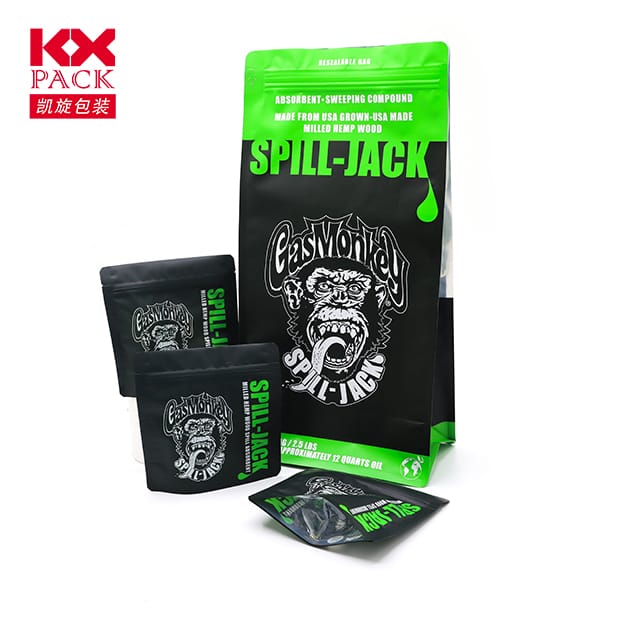วิวัฒนาการและผลกระทบของภาพยนตร์บรรจุภัณฑ์อาหาร: นวัตกรรม, ความยั่งยืน, และความปลอดภัยของผู้บริโภค
ฟิล์มบรรจุภัณฑ์อาหาร
In the modern world, ฟิล์มบรรจุภัณฑ์อาหารเป็นที่แพร่หลาย แต่มักถูกมองข้าม. วัสดุบาง ๆ เหล่านี้มีบทบาทสำคัญในการรักษาความสดใหม่, ยืดอายุการเก็บรักษา, และปกป้องอาหารจากการปนเปื้อน. แต่ตามที่ผู้บริโภคต้องการเปลี่ยนไปสู่ความยั่งยืนและความสะดวกสบาย, อุตสาหกรรมบรรจุภัณฑ์อาหารอยู่ระหว่างการปฏิวัติการเปลี่ยนแปลง. มาสำรวจเทรนด์ล่าสุด, นวัตกรรม, and challenges in the world of food packaging films.
1. What Are Food Packaging Films?
Food packaging films are flexible materials used to wrap, ผนึก, or cover food products. They can be made from plastics, bioplastics, paper, อลูมิเนียม, or composites of multiple layers. Their primary functions include:
- การเก็บรักษา: Preventing exposure to air, ความชื้น, and light to slow spoilage.
- การป้องกัน: Shielding food from physical damage, แบคทีเรีย, และศัตรูพืช.
- ความสะดวก: Enabling easy handling, storage, and portion control.
- Branding: Providing a surface for labels, โลโก้, and nutritional information.
From single-use snack wrappers to resealable pouches for fresh produce, these films are integral to the global food supply chain.
2. The Rise of Sustainable Alternatives
Traditional plastic films, while effective, have drawn criticism for their environmental impact. Single-use plastics contribute to pollution, harm wildlife, and take centuries to decompose. In response, the industry is innovating with eco-friendly solutions:
- ภาพยนตร์ที่ย่อยสลายได้ทางชีวภาพ: Made from plant-based materials like starch, เซลลูโลส, or polylactic acid (ปลา), ภาพยนตร์เหล่านี้พังทลายลงอย่างเป็นธรรมชาติภายใต้เงื่อนไขเฉพาะ.
- ภาพยนตร์ที่สามารถผสมได้: Designed to decompose in industrial composting facilities, leaving no toxic residues.
- ภาพยนตร์ที่กินได้: Edible coatings made from ingredients like seaweed, chitosan, or proteins not only protect food but can also be consumed along with it, reducing waste entirely.
- เนื้อหารีไซเคิล: Films incorporating post-consumer recycled (PCR) plastics help divert waste from landfills.
Brands likeTIPA® และEco-Products are leading the charge with compostable packaging, while companies likeNotpla are creating seaweed-based films that dissolve in water.
3. บรรจุภัณฑ์อัจฉริยะ: The Future of Food Safety
Beyond sustainability, technology is transforming packaging films into intelligent tools for monitoring food quality:
- Time-Temperature Indicators (TTIs): Labels that change color if food has been exposed to unsafe temperatures, ensuring freshness.
- Freshness Sensors: Embedded sensors detect gases like ammonia or CO₂, which indicate spoilage, and alert consumers via smartphone apps.
- Antimicrobial Films: Infused with natural compounds like essential oils or silver nanoparticles, these films inhibit bacterial growth and extend shelf life.
ตัวอย่างเช่น, Mimica Touch has developed a tactile indicator that becomes bumpy when food is no longer safe to eat, empowering consumers to make informed decisions.
4. ความท้าทายและการพิจารณา
While the future of food packaging films is promising, several hurdles remain:
- ค่าใช้จ่าย: Sustainable materials are often more expensive than conventional plastics, though economies of scale are gradually reducing prices.
- ผลงาน: Biodegradable films may lack the barrier properties of traditional plastics, leading to shorter shelf lives for some products.
- Consumer Behavior: Many consumers remain confused about how to properly dispose of compostable or biodegradable packaging, leading to contamination in recycling streams.
- Regulation: Governments worldwide are implementing stricter rules on single-use plastics, pushing companies to adapt quickly.
5. The Role of Consumers in Driving Change
As awareness grows, consumers are demanding more sustainable options. By choosing products packaged in eco-friendly films, supporting brands with transparent practices, and properly disposing of packaging, บุคคลสามารถมีอิทธิพลต่อมาตรฐานอุตสาหกรรม.
สำหรับปลาย: Look for certifications likeOK Compost, Biodegradable Products Institute (BPI), หรือTÜV Austria to ensure packaging meets sustainability claims.
บทสรุป: A Wrap-Up on Food Packaging Films
Food packaging films are no longer just about keeping food safe—they’re about protecting the planet, เพิ่มความสะดวกสบาย, and empowering consumers. As innovation continues, we can expect smarter, greener, and more efficient solutions to dominate the market.
The next time you unwrap a snack or toss packaging into the bin, take a moment to consider the material’s journey. ด้วยกัน, we can drive demand for packaging that’s kind to both our bodies and the Earth.
What’s your take on sustainable food packaging? Share your thoughts or favorite eco-friendly brands in the comments below! 🌍🍃📦







